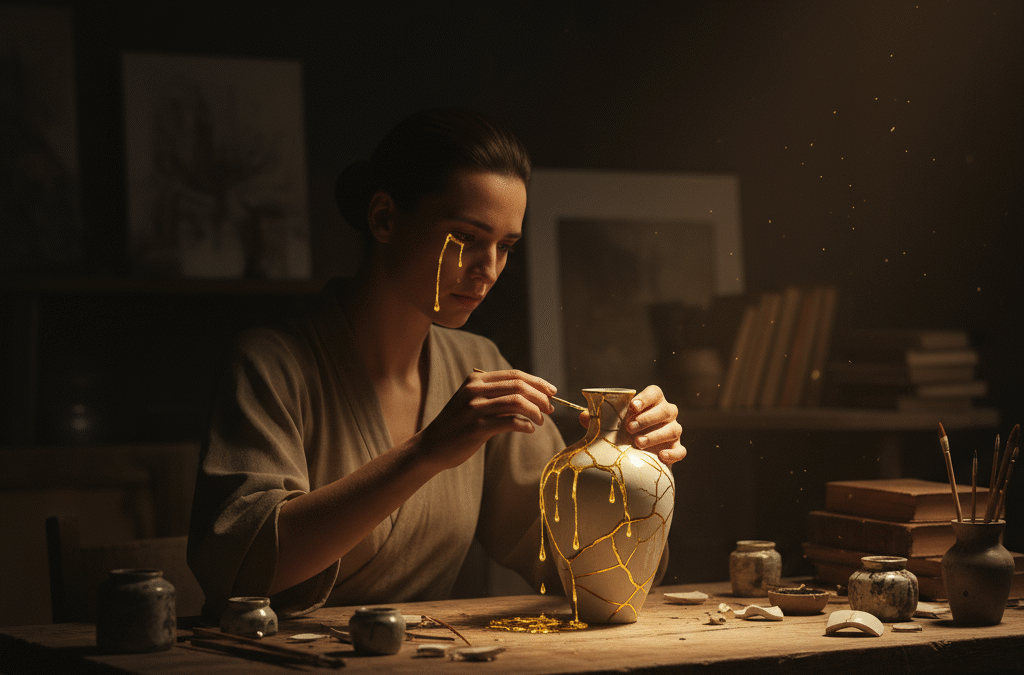Tragedy has always been strangely attractive. From Greek and Shakespearean tragedy to opera and film, people hunger for tales of pain, loss, and misery. But why do we value ugliness? Why is labor born of suffering so much more real than labor born of happiness? Suffering, in the first place, seems something we’d always want to avoid at all costs, yet when channeled through art, we cling to it.
Some of it is catharsis, which was the term Aristotle coined. He said in his Poetics that tragedy was a way in which audiences could purge themselves of pity and fear and be purified. Watching Oedipus battle fate or Hamlet battle despair is not entertainment; it’s an emotional purging. Tragedy provides us with a healthy means of feeling things we would otherwise have to suppress. By the aesthetic distance of art, suffering is removed from raw immediacy and shaped into something we can reflect upon.
Yet catharsis explains tragedy’s beauty only in part. There is also something profoundly aesthetic in brokenness. As a healed scar on a tree bark testifies to survival, so human suffering testifies to the vulnerability and resilience of life. The Japanese art of wabi-sabi affirms imperfection, impermanence, and incompleteness as states of beauty. A cracked vase repaired with gold, by kintsugi, is the more beautiful because it is cracked. Tragedy too exposes the cracks of life and challenges us to find meaning not in perfection but in our ability to bear our imperfections.
Suffering also deepens our compassion. By witnessing the pain of others, perceived or actual, we expand our emotional and moral perception. When we hear of Anna Karenina’s pain or catch a requiem note in a cathedral, we become engaged in another’s life. This shared sympathy connects us over the ages, regardless of culture, and irrespective of situation. Tragedy, here, is a bridge that reminds us that pain is not specific to us, it’s part of the human condition. And from this commonality, a second type of beauty is created, not in the pain, but in the union it creates.
The last dimension to the beauty of pain is that it is able to reveal the truth. We find happiness to be fleeting, superficial, and intangible, but suffering dispels illusions. Suffering holds a bitterness that unravels the stark truth of life. Tragedy has always served as a reference point for artists and writers as a way of confronting the most real aspect of life: its impermanence, its evanescence, and its vulnerability. There, beauty is not despite the pain, but because the pain speaks to us of something fundamental in the human condition.
And then there is a transcendent paradox of suffering. Pain, when translated by art, is larger than itself; it is transcended. A requiem mass transforms sorrow into music, a sculpture of a grieving figure freezes sorrow in three dimensions, a poem of despair gives voice to silence. In all cases, suffering is channeled for the sake of art, showing that there can be something beautiful in moments of suffering. This is not to imply there is no pain but helps one cope with it.
Perhaps this is the key to why tragedy fascinates us so: it’s an imitation of life. Life’s not a question of uninterrupted bliss but of weighing sorrow and hope, despair and perseverance. When we witness tragedy in art, we’re learning how to bear the deepest realities of life. We perceive beauty because suffering is something we do not want, yet because suffering, once known and respected, teaches us the depth, vulnerability, and glory of being human.
